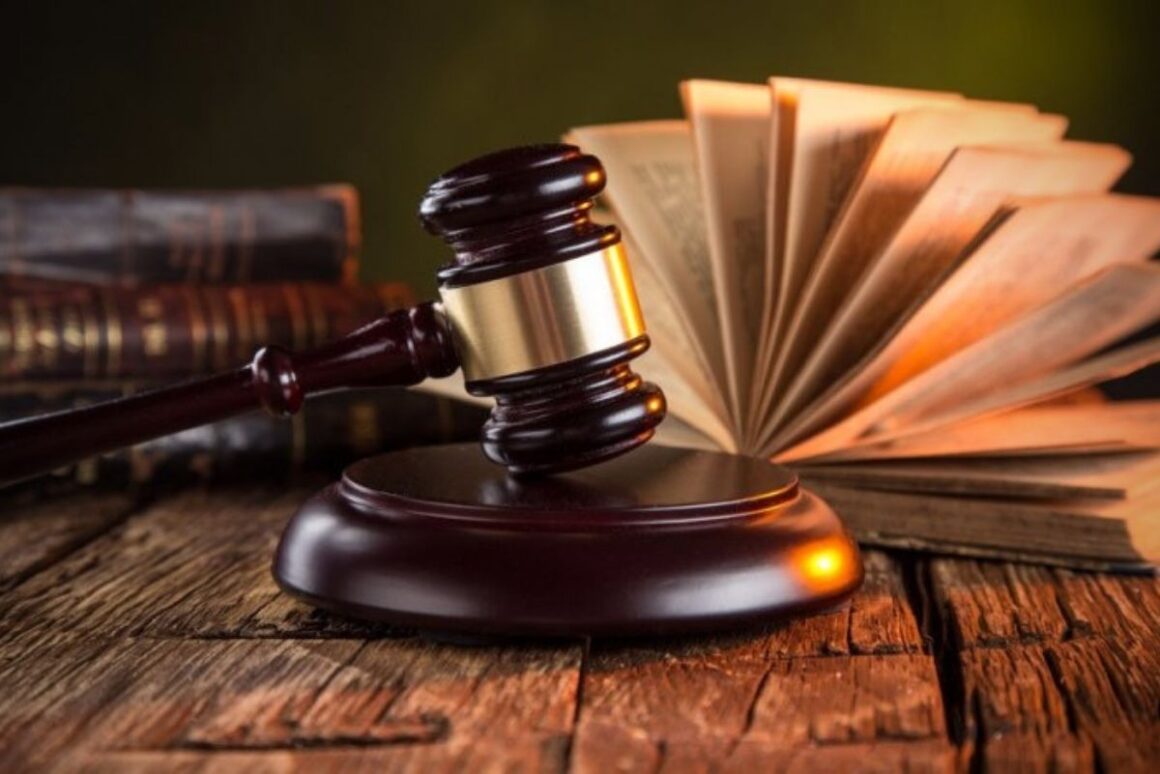All through history and media channels, we often hear about Presidents issuing executive orders and the politics going on around it with conflicts and all- ever wondered what is the big deal about executive orders? And law? We know what laws are, so how are they different from an executive order and which one holds more power?
So many questions. But don’t worry, we’ve got answers to all of these! Read below.
Executive Order Definition
By definition, an executive order is given or passed through by the President. The President is known as the head of the executive branch, thus his orders are passed to government officials and agencies- other branches of the federal government.
Congress can most certainly strike down an executive order if it exceeds the scope of the President’s authority. The constitution has three major branches in the US government: Legislative (congress), Executive (President and Vice President) and the Judicial (Supreme Court).
What is a Law?
It starts with a bill. A bill is a document that anyone can write, but only members of the congress can present it to legislation. When the Senate and the House both approve a bill, it is called being approved by the Congress. The congress then sends the bill to the President for consideration. Upon receiving that bill, the President has two options: approve the bill and sign it into a law, or veto it and send it back to Congress.
The Congress then may gain two-third majority from each chamber, and may override the bill and sign it as a law. Another scenario is if the Congress is active and the President hasn’t responded to the bill, the Congress has the authority to automatically make it a law. If Congress adjourns during the 10 days and there is still no action from the President, the bill is automatically vetoed and the Congress can’t override it anymore.
The difference between a law and executive order is simple: an executive order is passed by the President but can be striked down by Congress if the majority agrees. Laws are made by the Congress but passed by the President- however, if majority chambers in the Congress agree, they can pass a law too.
Executive Order Example
Among the most famous executive orders are President Franklin D. Roosevelt’s Executive Order 9066 which was passed on February 19, 1942 which authorized the mass internment of Japanese Americans during the WWII. He also holds the highest number of executive orders issued which are 3721 orders.
President Harry S. Truman’s Executive Order 9981 which abolished racial segregation in the U.S military.
President Dwight D. Eisenhower’s Executive Order 10730 which dispatched federal troops to protect the civil rights of the Little Rock Nine during the integration of Little Rock’s Central High School.
Famous Executive Order
This one is regarded as the most notable ones in American history. The executive order stands in contrast to the proclamation, which, as a historic means of giving public notice of matters of widespread concern, antedates the presidency and which may or may not produce legal effects. The most famous presidential proclamation in U.S. history is the Emancipation Proclamation issued by President Abraham Lincoln in 1863.
This was passed by the President himself and without any interference with Congress, and soon the antislavery component was amended in the constitution to ensure the permanence of this order. As a result, the integration of African American men into the navy and military was seen with lots of black men fighting for the same cause in the union.
Secret Executive Orders
Executive Order 13292 was an executive order issued by George W. Bush, President of the United States, on March 25, 2003, entitled ‘Further Amendment to Executive Order 12958, as Amended, Classified National Security Information’. The Executive Order modified the manner in which sensitive information was handled at the time as set out by President Bill Clinton’s 1995 executive order.
Orders that contain information of intelligence or national security are often regarded as secret executive orders issued by Presidents.
Advantages Of Executive Orders
Executive orders hold a lot of importance in the ruling of a nation, a law passed by the President that clarifies how the government must be run. Executive orders have significant influence over the internal affairs of government, deciding how and to what degree legislation will be enforced, dealing with emergencies, waging wars, and in general fine-tuning policy choices in the government. Once an executive order is passed, only Congress can strike it down but that also happens rarely, but if the President is adamant, they can get through it by other means like proclamation.
Conclusion
An executive order is passed by the head of executive: The President. A law is made by the Congress and passed by them too, sometimes. The White House works as such: the Constitution has power of the Legislative, Executive and Judicial.
All over history there have been tons of Presidents who have issued executive orders, some with secret classified information and one famous incident of proclamation. Donald Trump, the current President of The United States has issued 183 executive orders under his reign so far.
